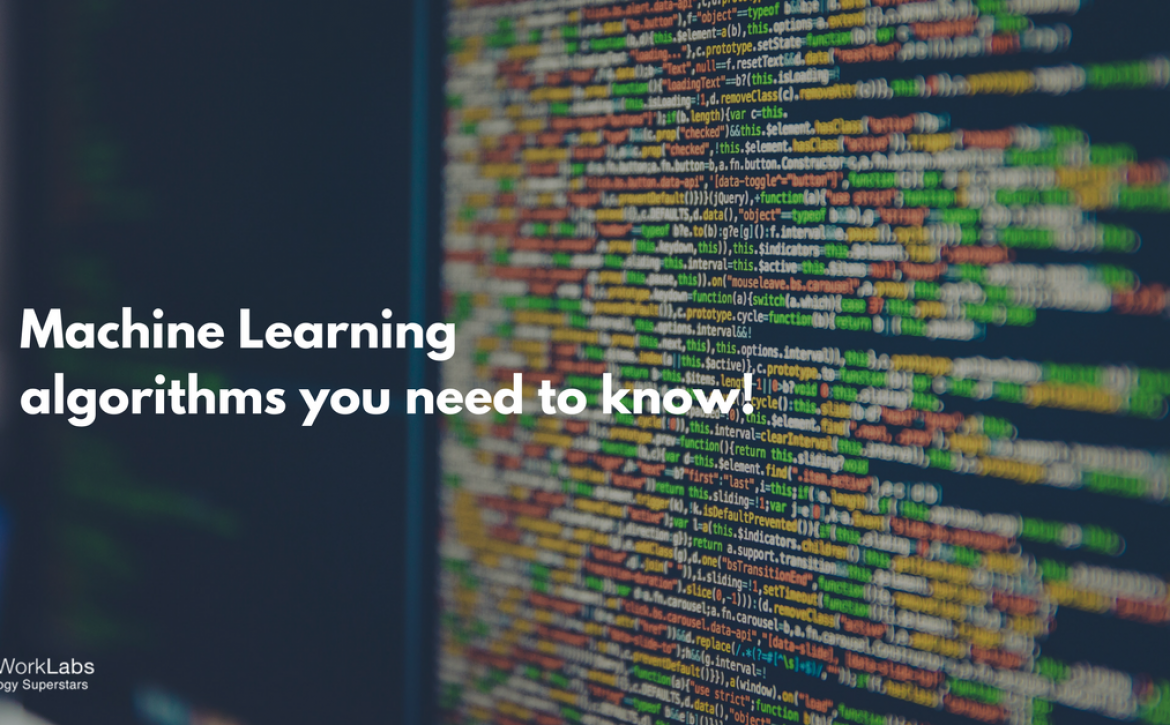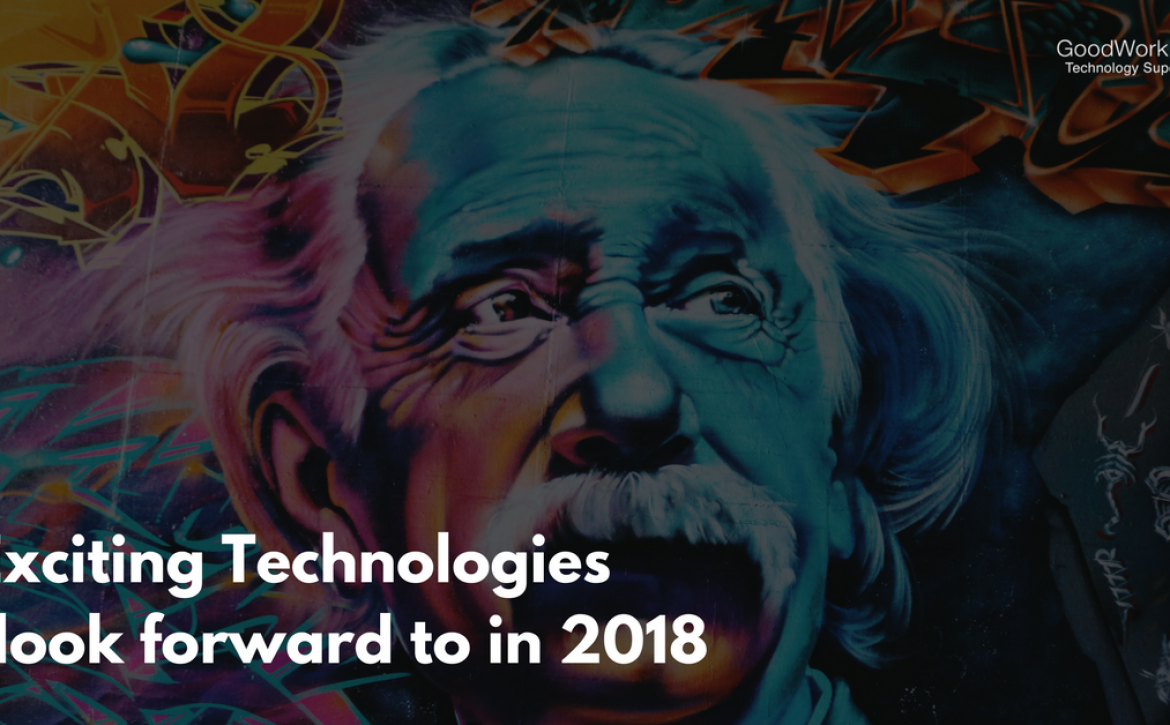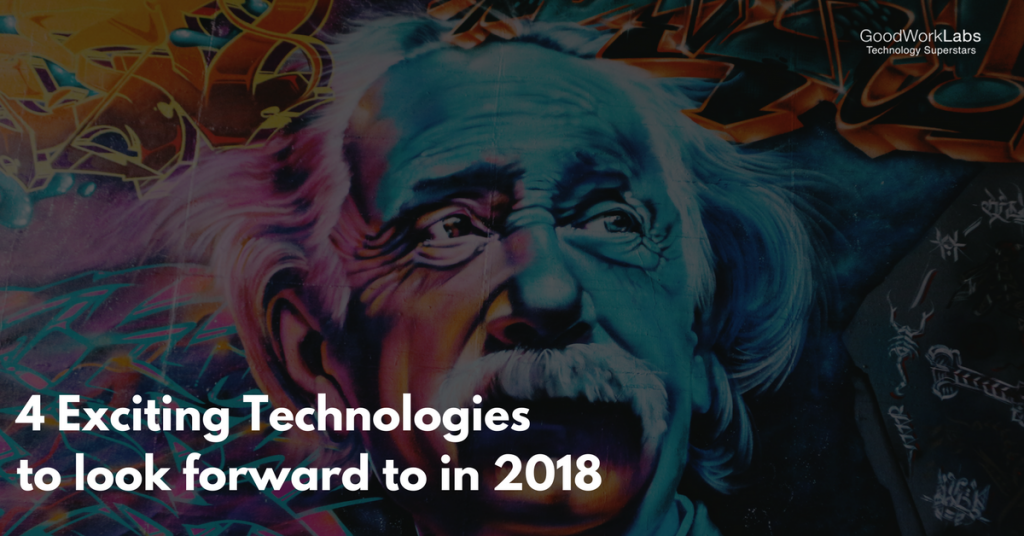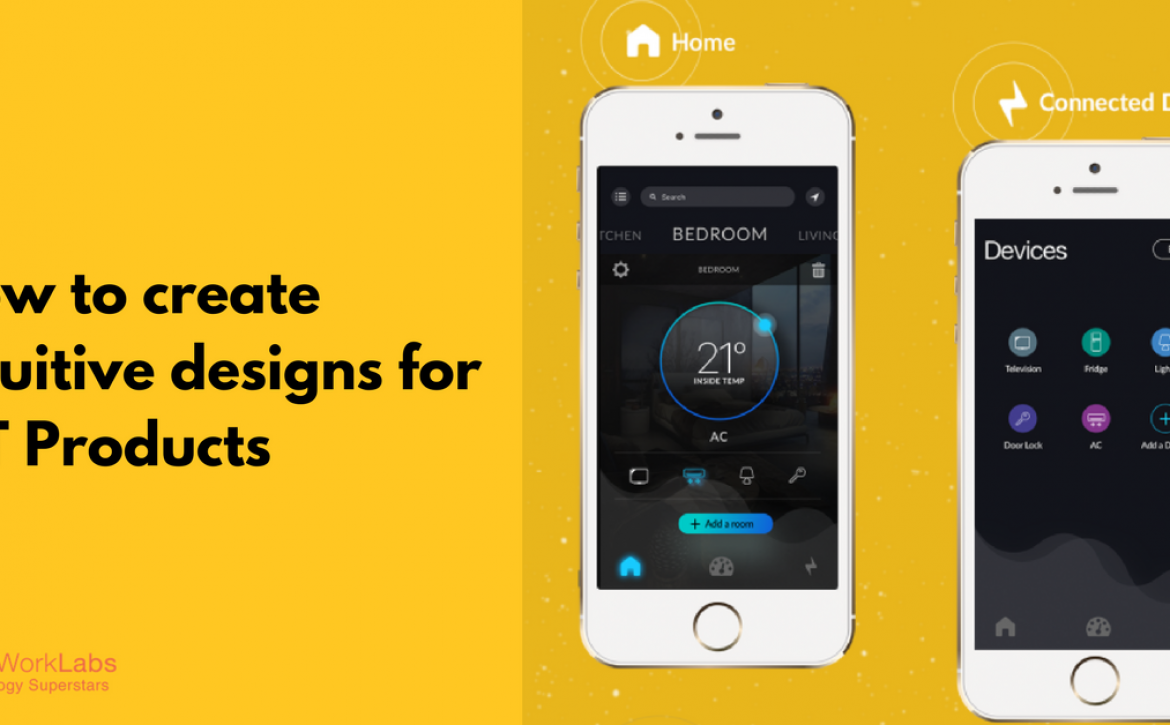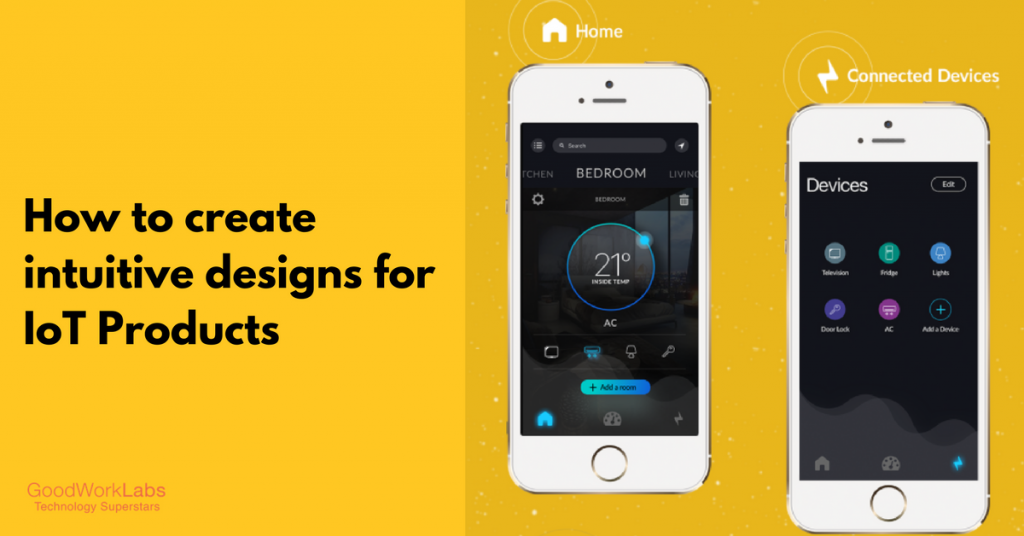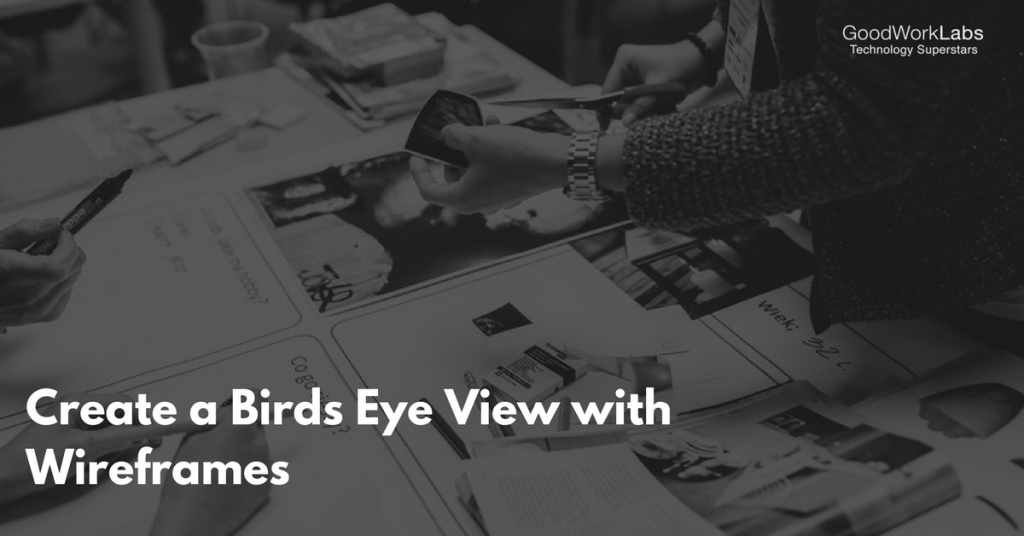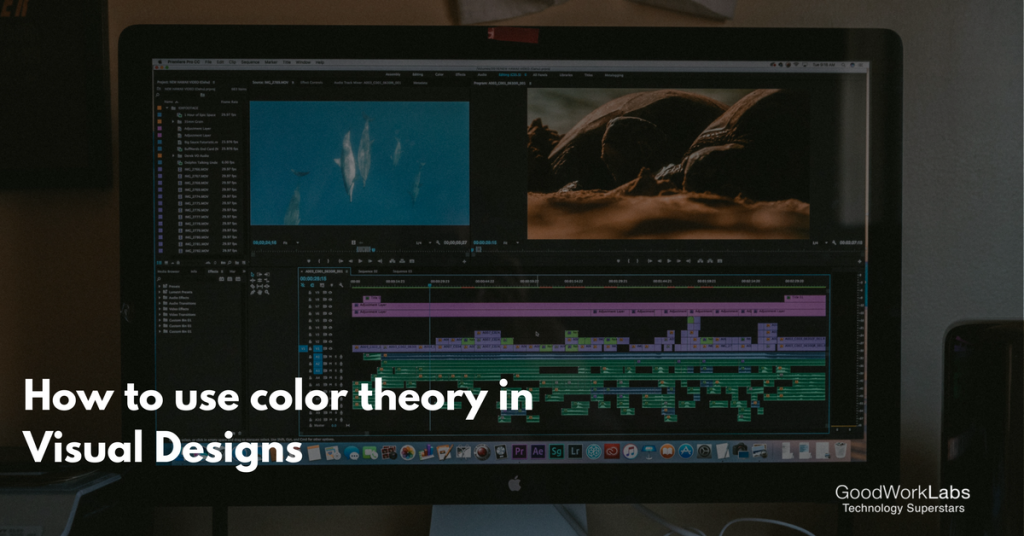5 Machine Learning Algorithms You Need to Know
Machine Learning Algorithms
We are heralding a new dawn with 2020 – a world where neural networks, deep learning, and NLP are fast coming up as competitive differentiators. Businesses across the world are embracing Machine Learning technologies with gusto. Hence it doesn’t come as a surprise that Boston Consulting Group predicts 25% job loss due to machine learning algorithms and automation.
While data is essential for machine learning solutions, the algorithm behind it is equally essential. If you are looking for the most popular machine learning algorithms in today’s times, then check out our compilation:
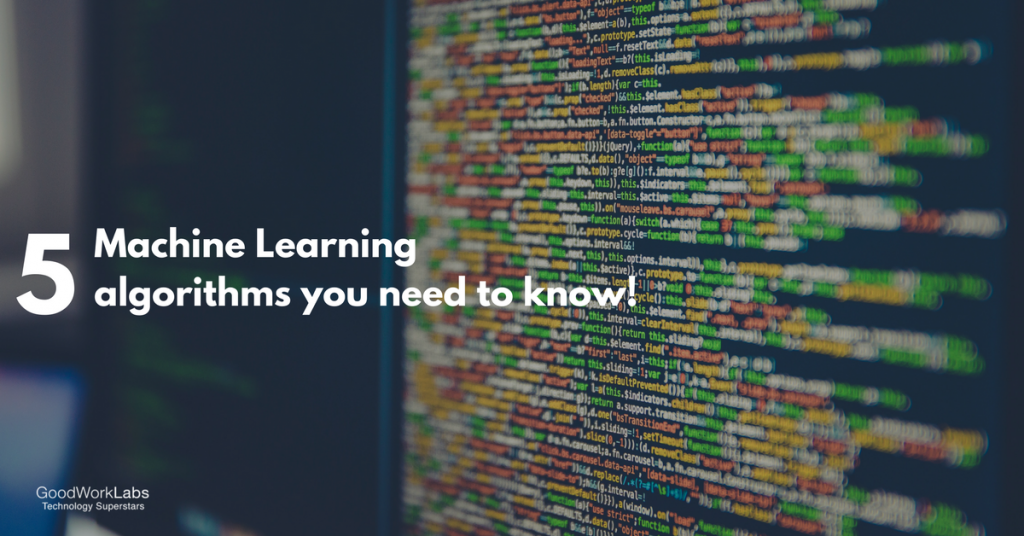
1. Naïve Bayes Classifier Algorithm
This algorithm performs well with huge data spanning millions of records in the data set. There are two main forms of this algorithm – Gaussian Naïve Bayes (Apply normal distribution to continuous attribute values) and Multinomial Naïve Bayes (for data that shows multinomial distribution)
This type of algorithm shows immense value in –
- Sentiment Analysis (used by Facebook to assess status updates)
- Document Categorization (Google uses it for Indexing for PageRank)
- Spam filtering (used by Google)
2. K Means clustering Algorithm
This is one of the simplest unsupervised learning algorithms that can solve the common clustering issue. It displays better clustering performance than hierarchical clustering. Its key application is by search engines like Yahoo and Google. They use this technique to group the web pages based on the ‘relevance rate’ of the search queries.
3. Support Vector Machine Learning Algorithm
SVM algorithm continues learning from the classified data set to understand the classification pattern and apply it to new data. On training data sets, SVM is known to provide high accuracy and incredible classification performance. It uses the concept of hyperplane (a line) to classify data. The more it is away from the hyperplane, the better is its classification accuracy.
This algorithm is prominent in financial sectors where analysts try to compare stocks and its movement vis-à-vis competitive stocks or benchmark stocks.
4. Linear regression
In simple terms, it compares the inter-relation between two variables and assesses how a change in one impacts the other and to what extent. It is used by small and medium businesses in their revenue forecasting and team growth predictions.
For instance, if the sales are following a linear trend, this algorithm can accurately forecast the possible sales in the upcoming months.
5. Artificial Neural Networks
This is a class of algorithms modeling that mimics the biological neural structure. Some of the popular algorithms in this category include Perceptron, LSTM Recurrent Neural Network, Boltzmann Machine, and Radial Basis Function Network (RBFN). They are routinely used for regression and classification problems.
These networks can combine with other networks through the input layer, output layer, and hidden layer. This, in turn, forms multiple layers which give rise to deep artificial neural networks. Their architecture expands the realm of machine learning to delve into deep learning.
Which other machine learning algorithms have you been using for meeting your specific business objectives? Do write to us and let us know.


